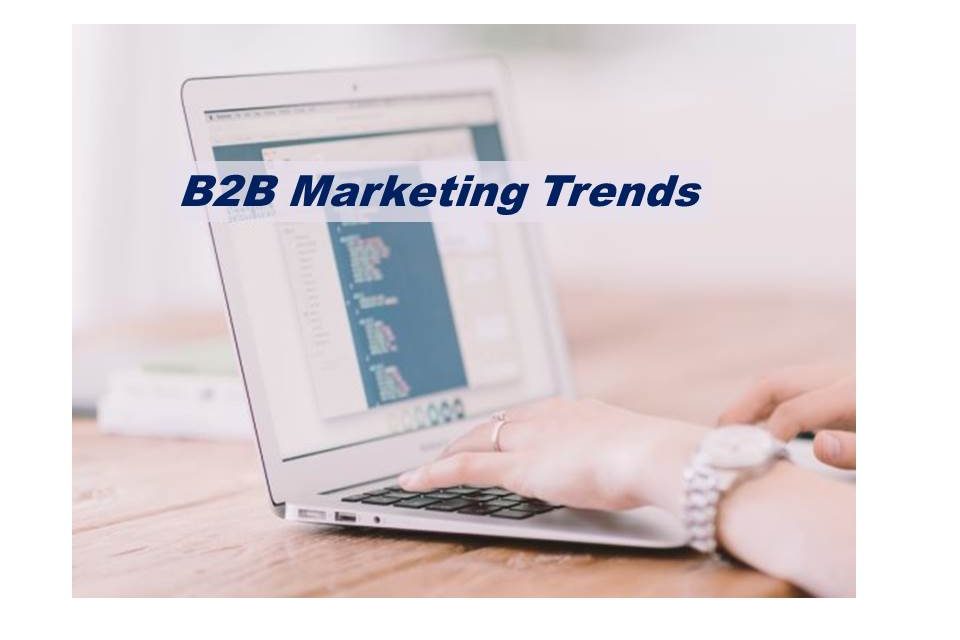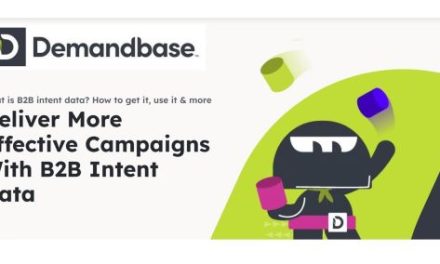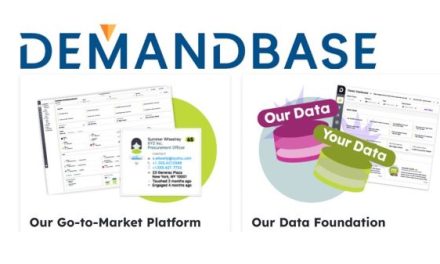While buying online is often looked at as something that consumers do, it is becoming impossible to overlook the dollars that businesses are now spending online in transactions with other businesses. In fact, Forrester estimates that B2B ecommerce could reach $1.2 trillion and account for more than 13% of all B2B sales in the US by 2021.
When it comes to where people buy online, Amazon, of course, is the clear favorite among consumers with 75% of B2C shoppers choosing to shop there. However, although it hasn’t been widely publicized, Amazon is increasingly turning its attention to the rather underserved B2B buying market as well. The company has quietly captured more than one million business customers since launching Amazon Business in 2015. As B2B ecommerce appears ready to take off in the years to come, Amazon won’t be alone in trying to build the best platform for B2B buyers.
Legacy B2B ecommerce is supported by platforms such as Ariba, which offers custom experiences that mirror the traditional B2B buying processes. B2B buying processes are rooted in a catalog based approach and are complex and distinctly different from B2C in many ways, however, ecommerce is leading to a bit of an overlap. The services that support B2B growth are now dematerialized; everything from buying to delivery happens online. For example, purchasing servers was not always as easy as signing up for Amazon Web Services (AWS) or Heroku.
With buying moving online for the masses, small businesses have gotten on the bandwagon. They’ve largely been responsible for B2B ecommerce spending doubling that of B2C consumer spendings since at least 2015, as you can see in the graphic below. While this side of ecommerce simply doesn’t get as much coverage in the press as the sexier consumer side,B2C ecommerce continues to grow year-over-year, and B2B ecommerce is expected to grow at a relatively similar pace. Quite simply, as millennials come of age as both B2C and B2B buyers they are making little differentiation between their consumer and business purchases. This demographic is carrying a lot of weight in B2B buying online. In fact, a recent Google report showed that millennials make up nearly half of B2B buyers today.
The good news is as business buying continues to move online, we are finally starting to see more sophisticated digital marketing solutions to support it. In the early days of the internet, B2C companies were able to forge with ecommerce and quickly integrate digital marketing into their marketing mix. B2B companies were confronted with a different – and not-so-turn-key – situation. Because the B2B sales process is longer, has varying pricing structures, and involves a totally different “customer” relationship, making the transition online wasn’t as straightforward or as streamlined for businesses selling to other businesses.
How could a B2B company navigate the complexities of its sales funnel through a digital storefront? Having been so traditionally bound to cold-calling, and mingling with high-level executives, the transition online meant there were new players – and strategies – in the game. These complexities of the funnel and sales process also illustrated a big difference between B2C ecommerce and B2B ecommerce. While Amazon has made a fortune by creating nearly real-time buying and delivery, 80 percent of B2B purchases continue to be contract based versus being spot transactions. Creating a better ‘buy button’ doesn’t have major appeal for B2B buyers.
However, a strange thing happened despite these headwinds. As B2B sellers struggled to navigate online and instead continued to focus on traditional offline strategies and often untargeted outbound sales tactics, it turned out that buyers were already welcoming the opportunity to buy online despite an often terrible online buying process. In that sense, the cart came before the horse and since then B2B sellers have been trying to catch up with the online buying demand with lagging digital marketing dollars, and a strategy to make the high potential channel even more effective.
Today’s sophisticated marketing technology, tools, and tactics are finally capable of accommodating the immense nuance involved in attracting and motivating B2B buyers online and CMOs are taking note. More and more companies, mainly big players in the high-tech B2B space, are noticing this discrepancy in spending and capitalizing on the opportunity to drive even more digital sales with targeted or Account Based Marketing (ABM).
Advanced analytics and insights from digital ads, which become better by the year, enable B2B marketers to learn more about their site buyers and generate prospect and customer profiles – all in real time. From there, B2B marketers are better equipped to create newsletters, webcasts, blog and social content and account-specific digital marketing, and onsite 1-on-1 events that drive engagement, reveal interest, and ultimately, results in online purchases. B2B digital marketing done in this way easily beats a lot of B2B “spray and pray” marketing tactics that still exist online and offline today.
As B2B marketers get better at turning ad and marketing dollars into transactions for their teams, it’s likely that we’ll see an exponential increase in overall digital spending. Advertising and marketing technology has already proved itself capable of keeping up with the nuanced demands of operating B2B ecommerce. With B2B ecommerce occupying such a large space in the number of sales taking place online, the industry has the capacity to transform our preconceptions about the way that B2B companies interact with, gain interest and sell to customers today and far into the future.
Source: Koble




![Salesforce Q4 2024 Revenue Up 11%, FY Up 11% [Fiscal Year Ended January 31, 2024]](https://www.biia.com/wp-content/uploads/2024/03/Salesforce-Fiscal-2024-Fin-Results-ended-Jan31-2024-440x264.jpg)























